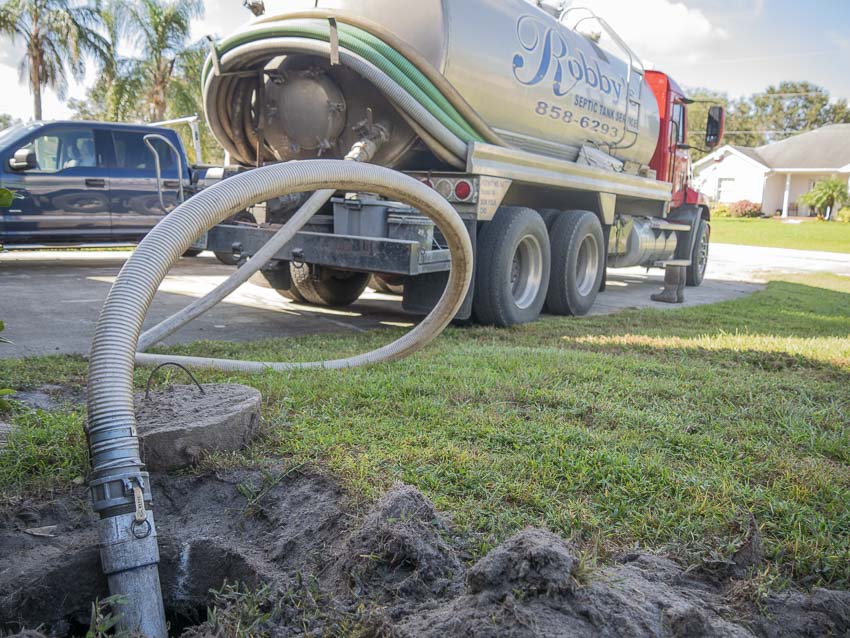The 4-Minute Rule for Stillwell Septic And Grading
The Main Principles Of Stillwell Septic And Grading
Table of ContentsTop Guidelines Of Stillwell Septic And GradingNot known Incorrect Statements About Stillwell Septic And Grading 6 Easy Facts About Stillwell Septic And Grading ShownEverything about Stillwell Septic And Grading5 Simple Techniques For Stillwell Septic And GradingWhat Does Stillwell Septic And Grading Mean?
Repair leaky faucets and pipes fixtures. https://stillwellsag.wordpress.com/2024/03/13/revolutionizing-waste-management-stillwell-septic-and-grading-masters-the-art-of-septic-tank-installation-repairs-and-more/. A leaky toilet can lose numerous gallons of water a day. Take shorter showers. Make every effort for much less than 5 and do the shower jive. Take bathrooms with a partially-filled bathtub and do not leave the tap running when doing various other tasks. Laundry only complete loads of meals and laundry.
Stillwell Septic And Grading for Dummies
Avoid shedding stacks of leaves or branches over the drainfield, as the warmth might damage the plastic pipes below. Limitation the addition of topsoil or garden compost to no greater than 2 to 3 inches over the drainfield. Septic Inspection. A good general rule for landscape design over drainfields is to utilize shallow-rooted plants that do not need extra topsoil to flourish
Lawn is the most effective cover. Stay clear of trees, hedges, and water-loving plants with deep roots. Lawns, combined wildflowers, and ground covers with shallow roots are excellent options. Plant trees and bushes at the very least 30 feet far from your septic tank and drainfield to maintain roots from entering into and breaking or clogging the drainfield pipelines.
A septic system failure triggers unattended sewage to be launched and carried to where it should not be. This might cause sewer to come to the surface of the ground around the container or the drainfield or to back up in pipes in the structure.
What Does Stillwell Septic And Grading Mean?
The individual that falls in obtains out without serious injury. Yet a child's awful death is a suggestion to examine your septic tank for harmed or missing covers. Owners of septic systems are accountable for making certain the systems are safe and function appropriately, consisting of having a safe cover on the containers
Regularly inspect the condition of the lids for dangers or troubles. Keep the lids safe by fixing or changing all damaged or missing components. Use screws, screws, or various other locks to protect the lids and protect against very easy access. Never ever drive or park automobiles on top of septic systems- it can damage or remove the cover.
How Stillwell Septic And Grading can Save You Time, Stress, and Money.
Make sure the covers are protected after working with your septic system. Educate children that the septic tank lids are not to be played on or opened up. Have septic systems that are no more in operation properly decommissioned. For other general risk-free methods around septic tanks please review the Septics 201 Do It Yourself Program Septic Safety Tips.
Keeping in mind the degrees will certainly aid identify if there is a possible issue with the system. After that, the container will be completely pumped down, getting rid of every one of the fluid and solid waste. As soon as the container is totally pumped, the inlet and electrical outlet tees of the will certainly be checked to guarantee they are still undamaged and functioning correctly
All about Stillwell Septic And Grading
If you are home at the time of service (entirely not needed if that's not your thing) you might be asked to purge your toilets to guarantee everything is flowing appropriately. Once the solution is full, the septic system will be covered as it was when we showed up! Experts advise having your system pumped every 3 to 5 years but a number of variables should be thought about when making a decision just how frequently your septic storage tank requires to be serviced.

If you are experiencing odors in your home, give us a call. This could be a sign of an approaching septic back up! Perhaps. If your septic has not been serviced in even more than 6 months, we would certainly desire to service the septic initial. If the trouble persists, a drain cleaner will then be sent out to get rid of the line to the sewage-disposal tank.
The Ultimate Guide To Stillwell Septic And Grading

If the ponding is focused over the leach field that might mean a leach line is obstructed with Bio-Mat and needs to be repaired or changed. A lot of septic containers have a couple of covers; one over the inlet side of the sewage-disposal tank (where the water from your home gets in the container), one in the center of the container, and one on the electrical outlet side of the tank (where the liquid check my reference from the storage tank departures to your leach area).
Cut up food bits do not damage down in the septic container and can make their escape into your leach area lines causing clogs. Waste disposals, even those marked septic safe, are ruled out advantageous for your septic tank. Correct working level is where the water level in your tank meets the outlet tee of the container.